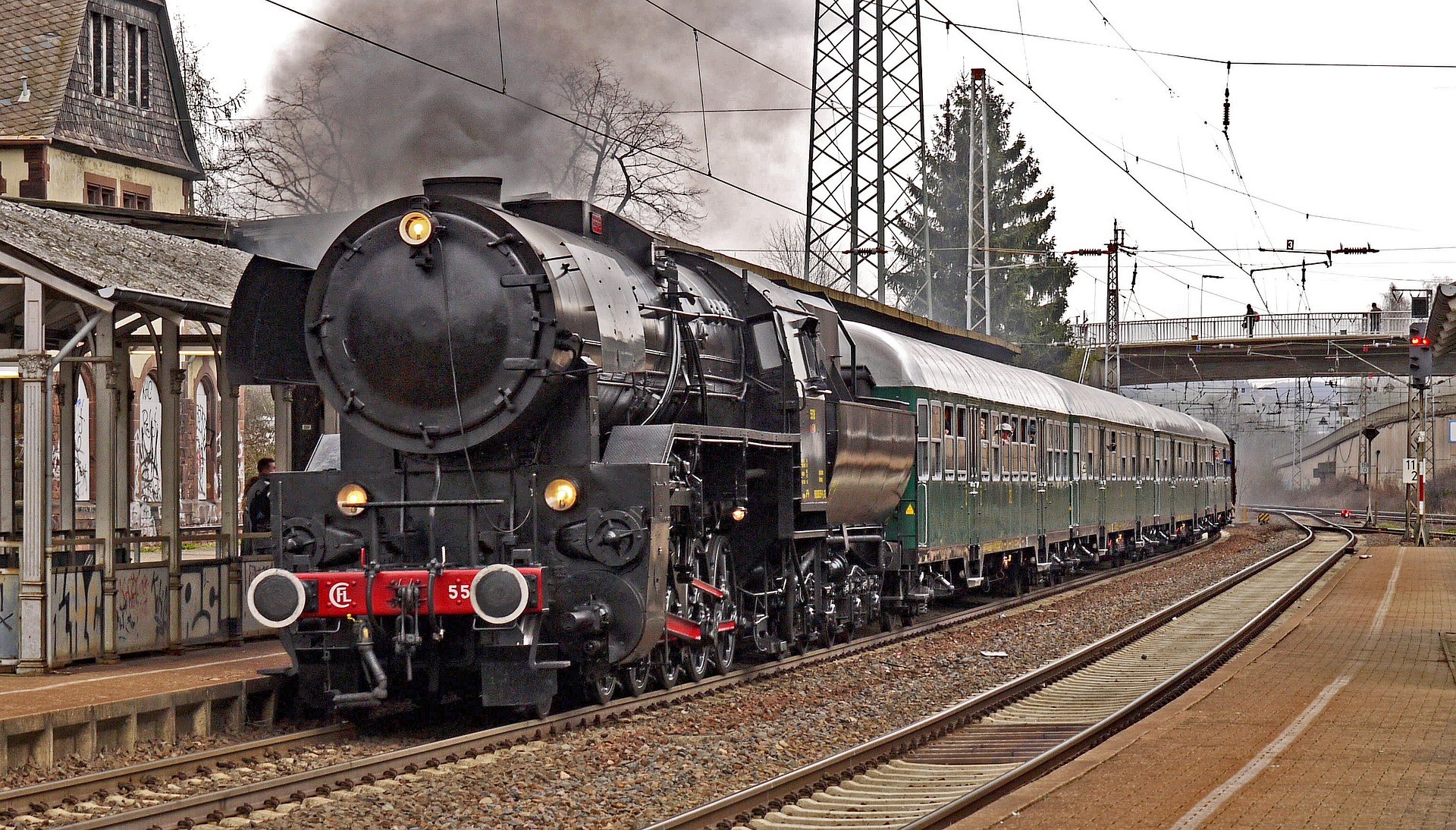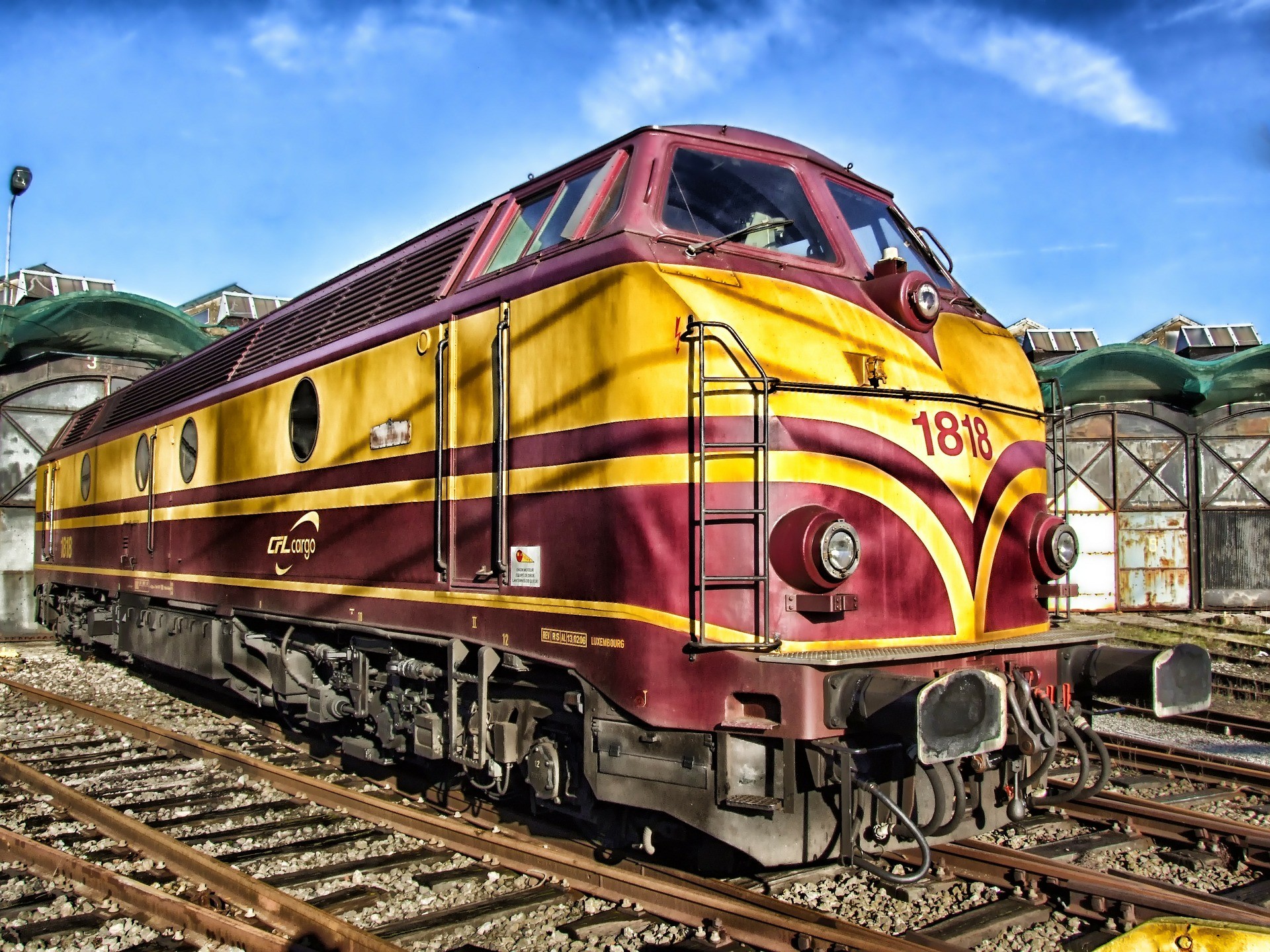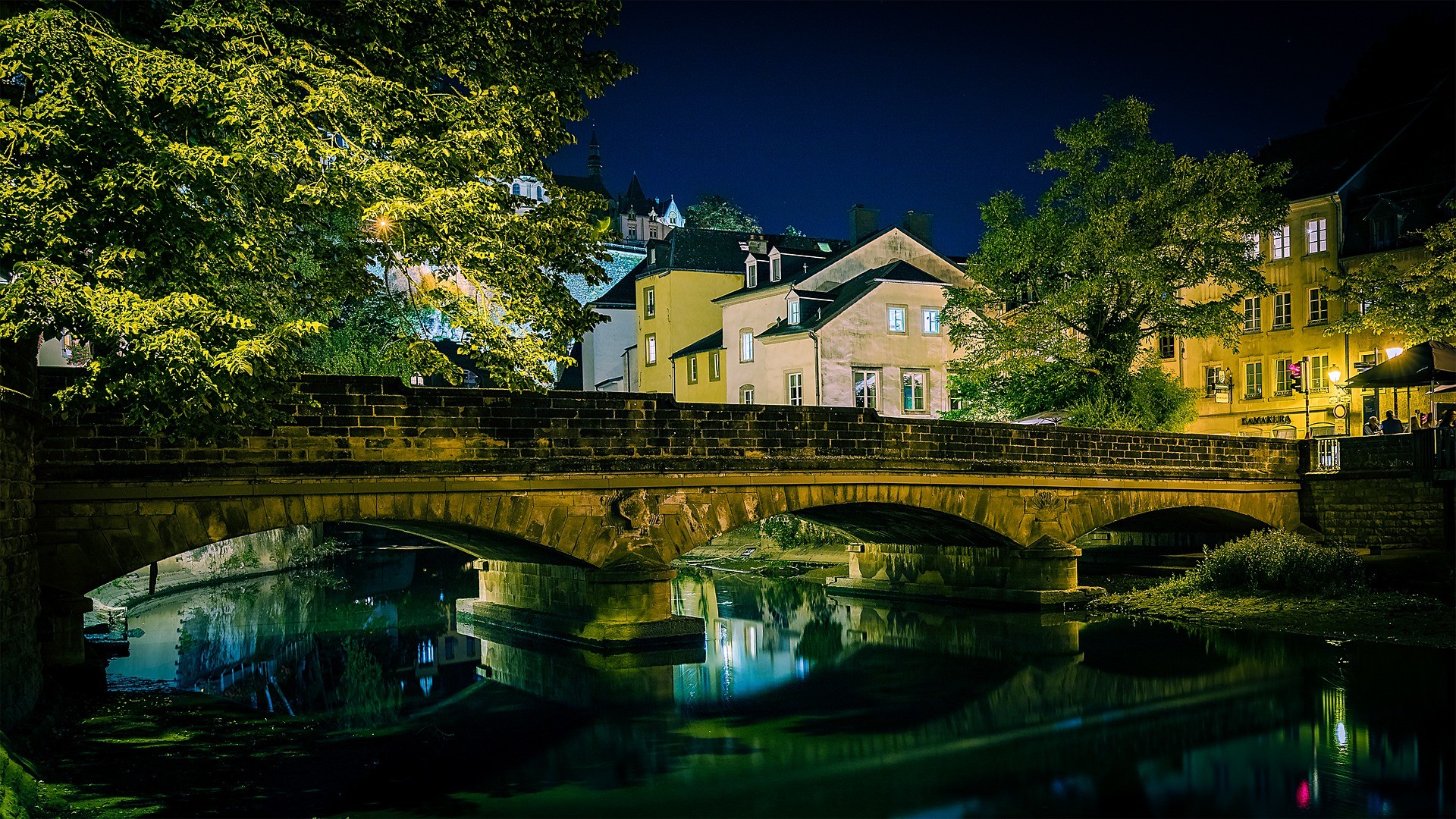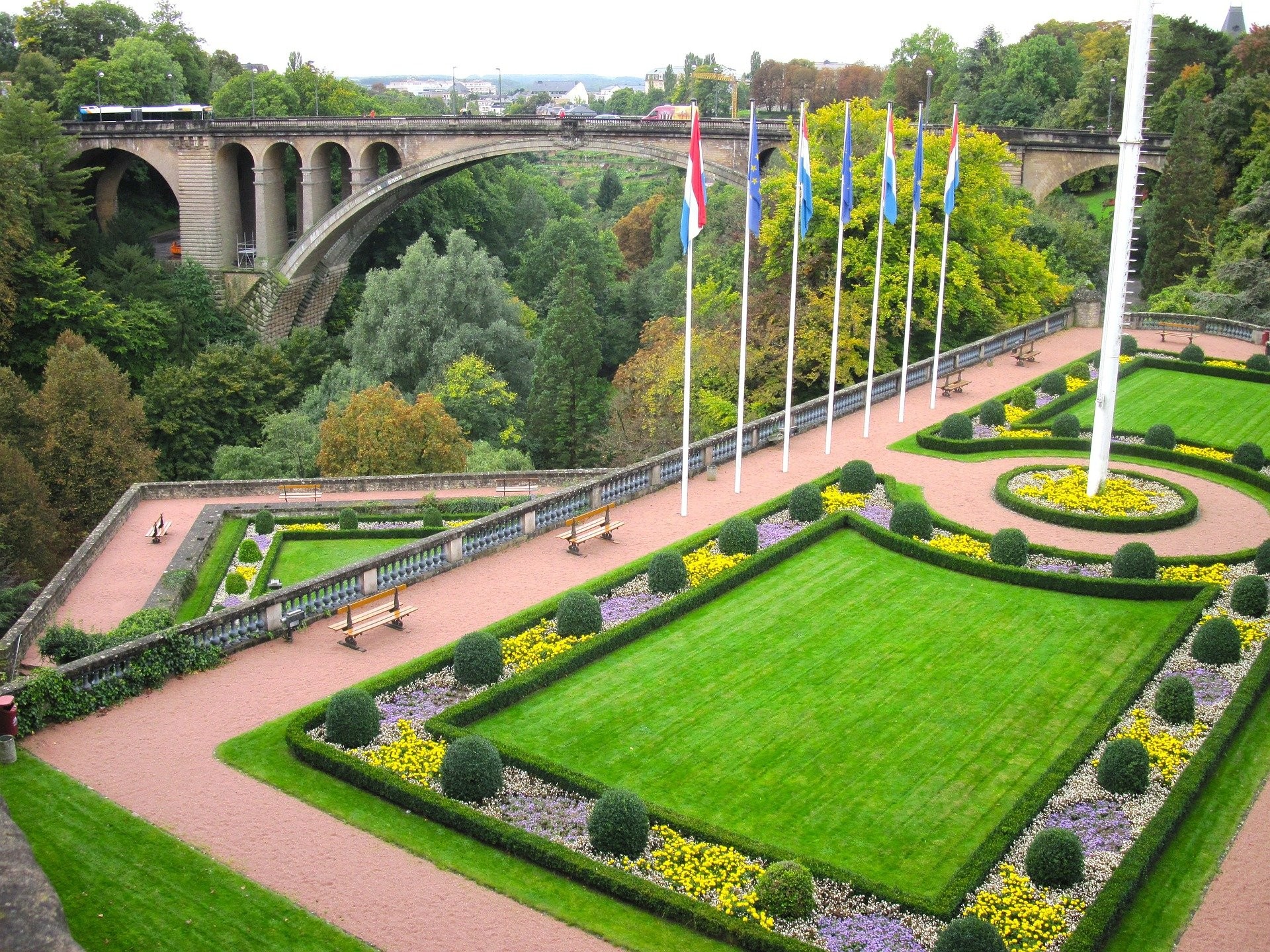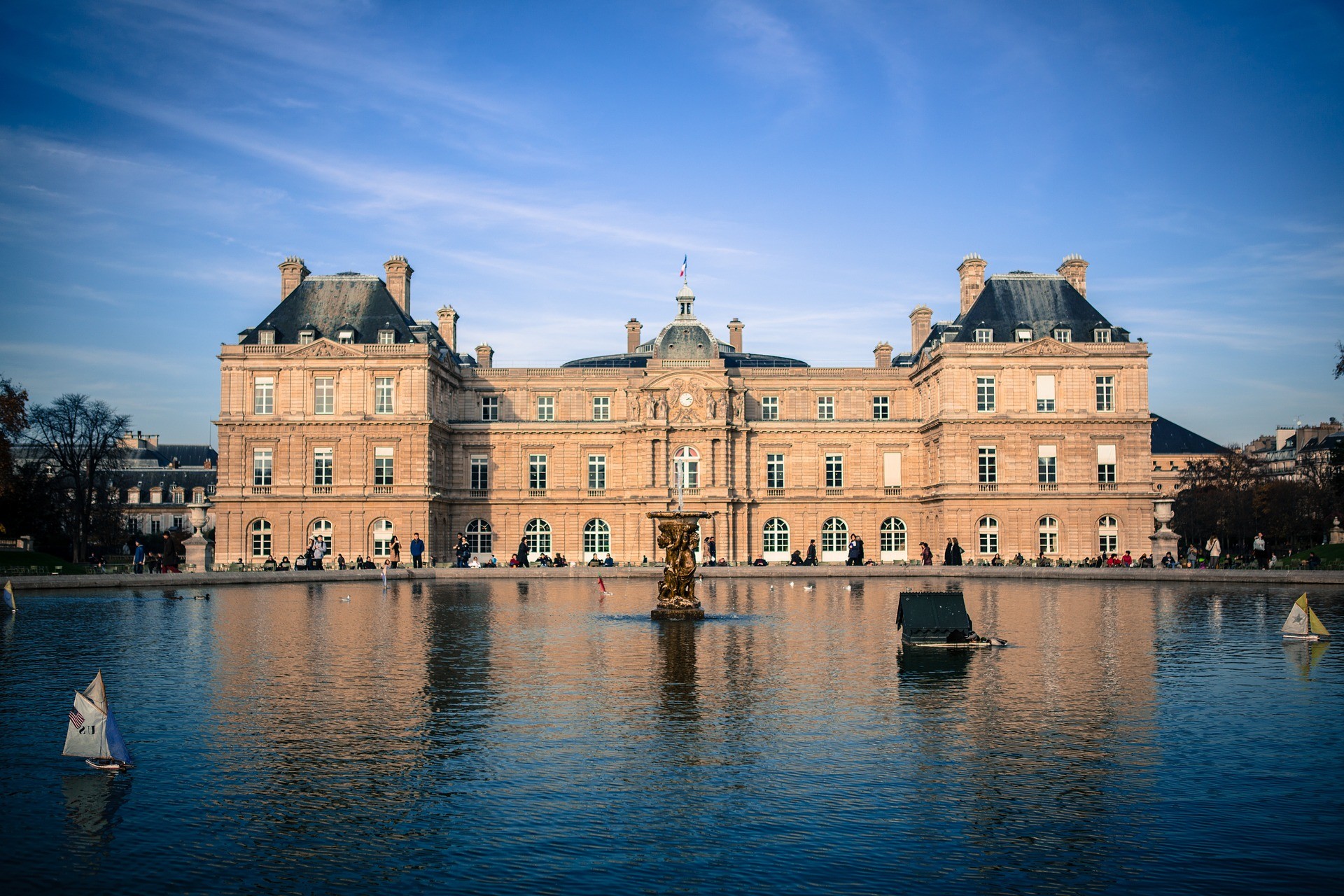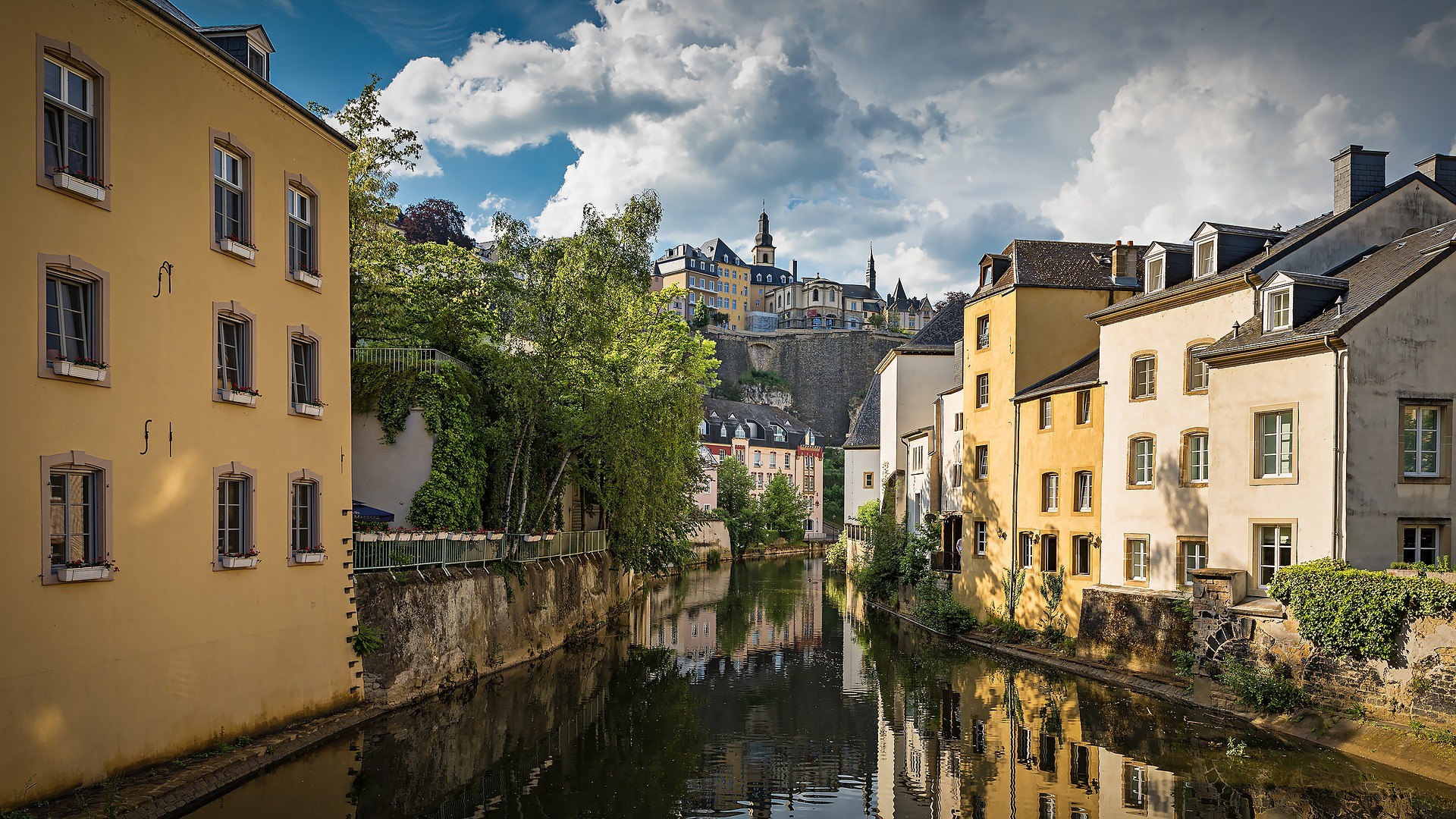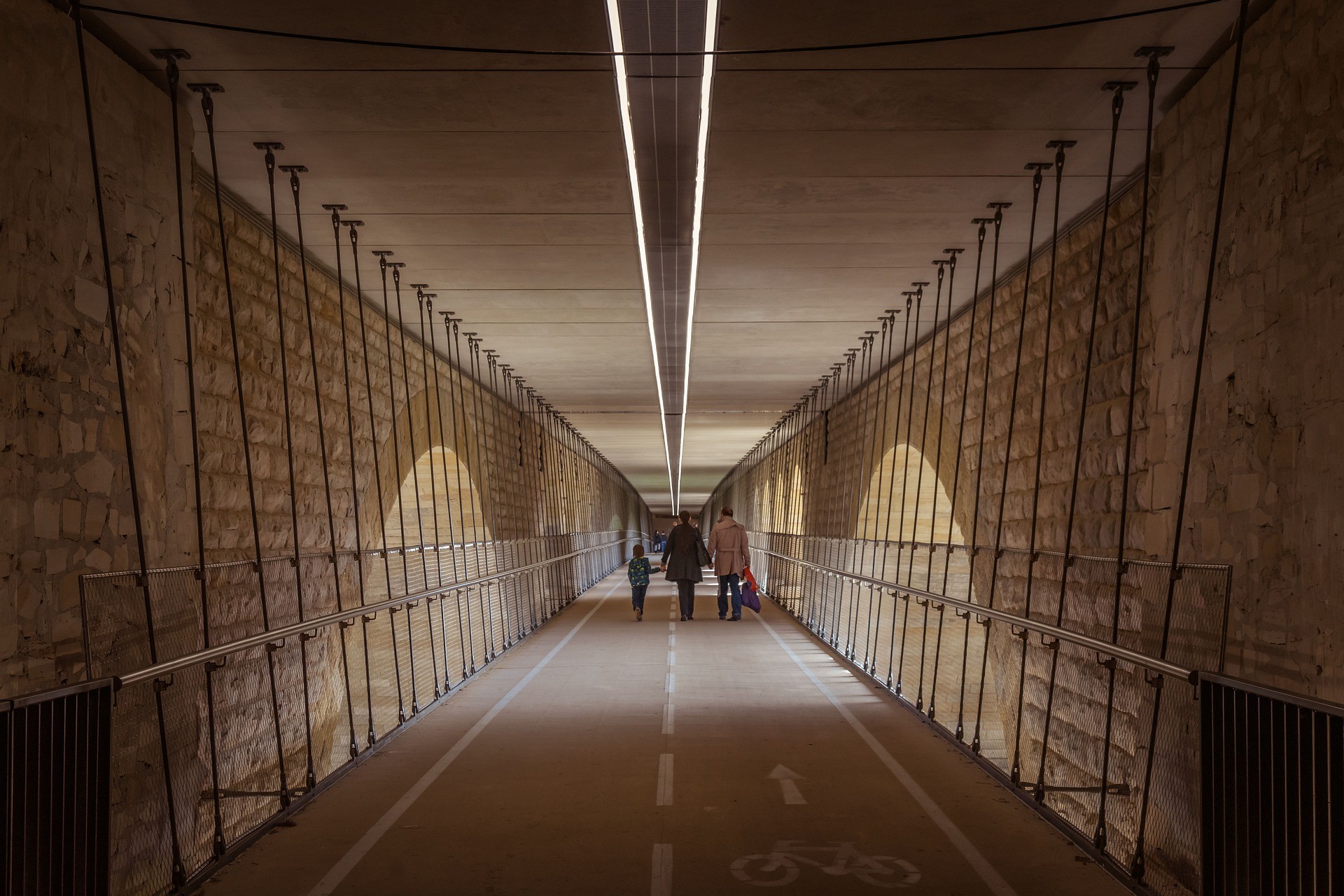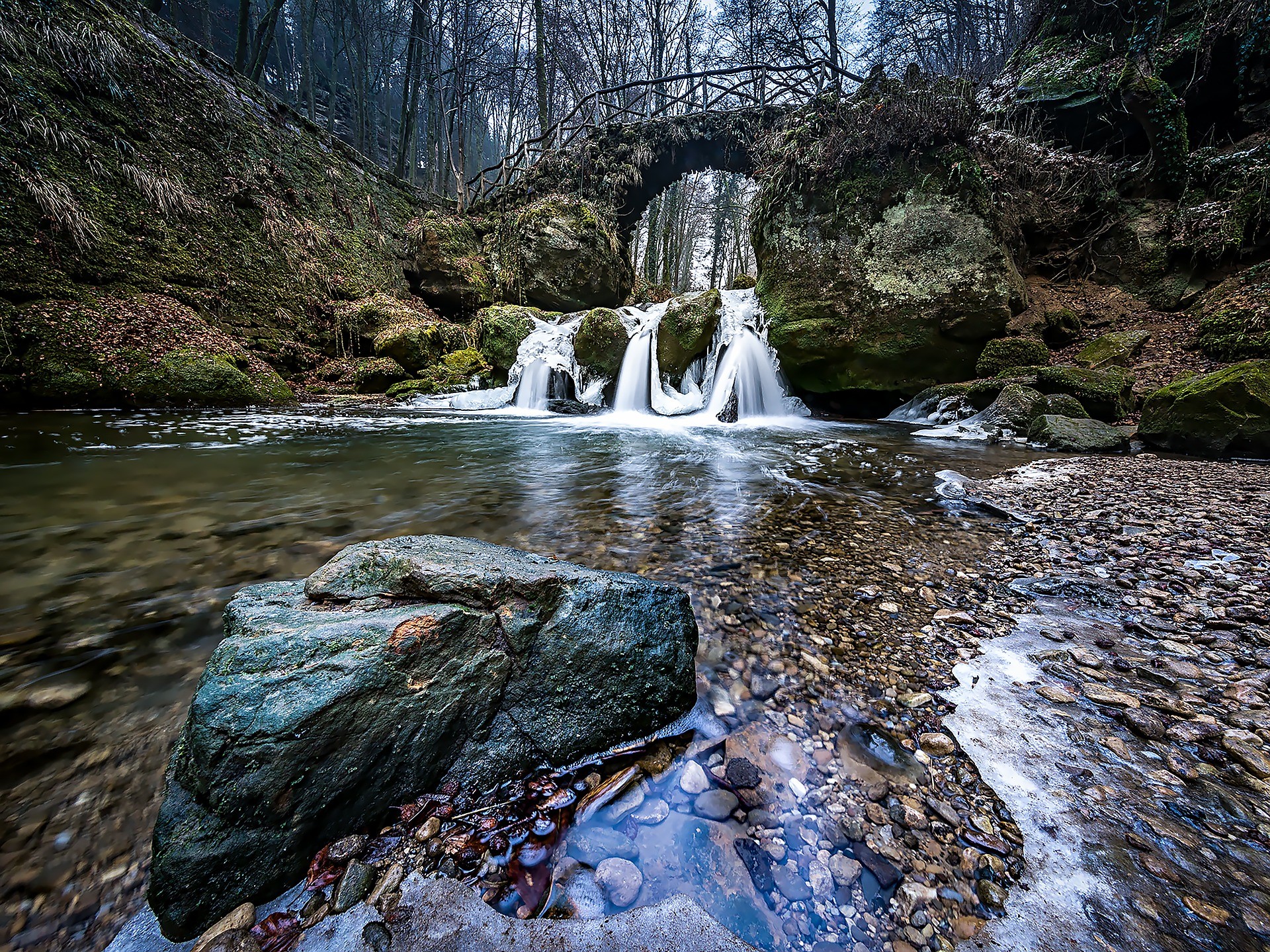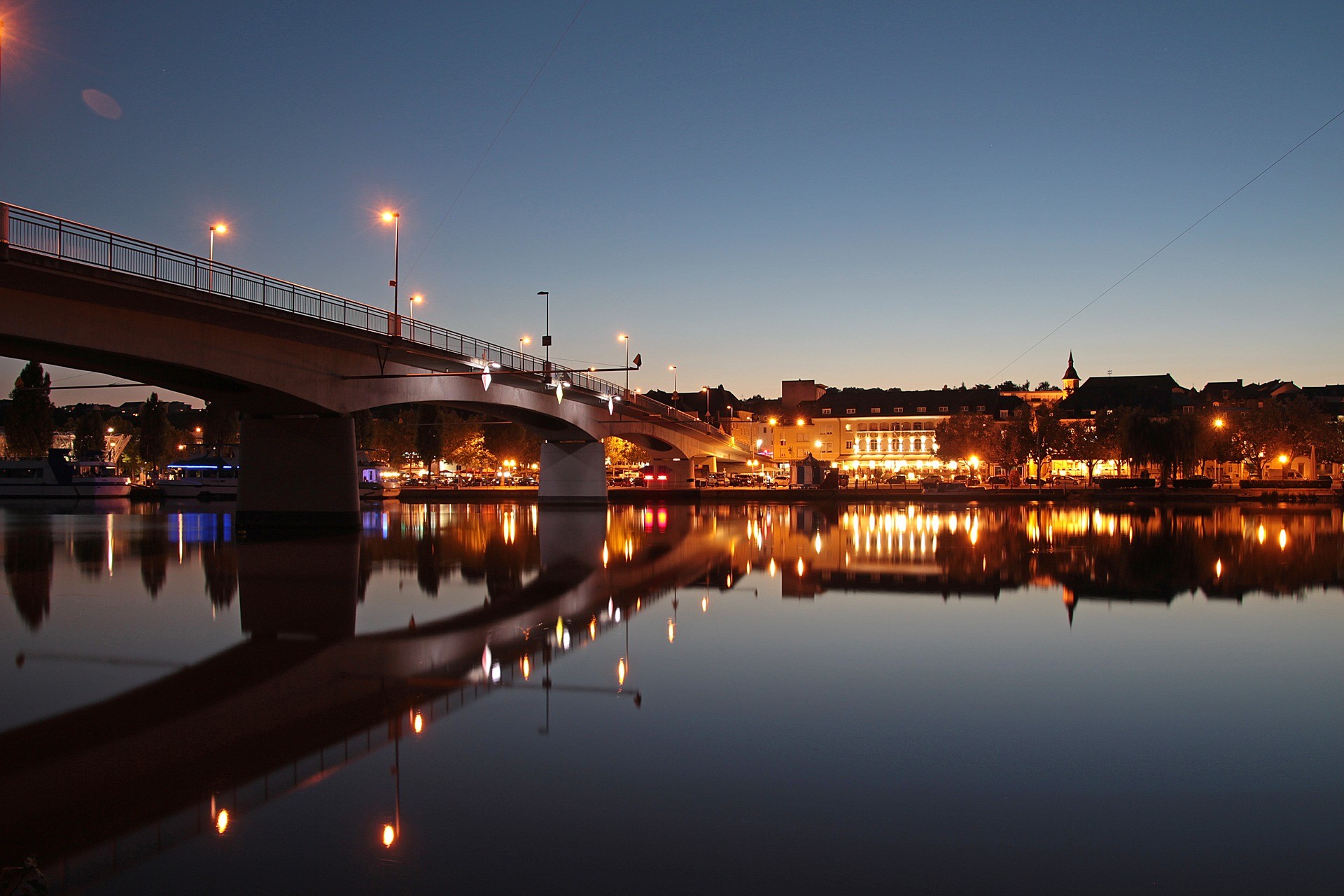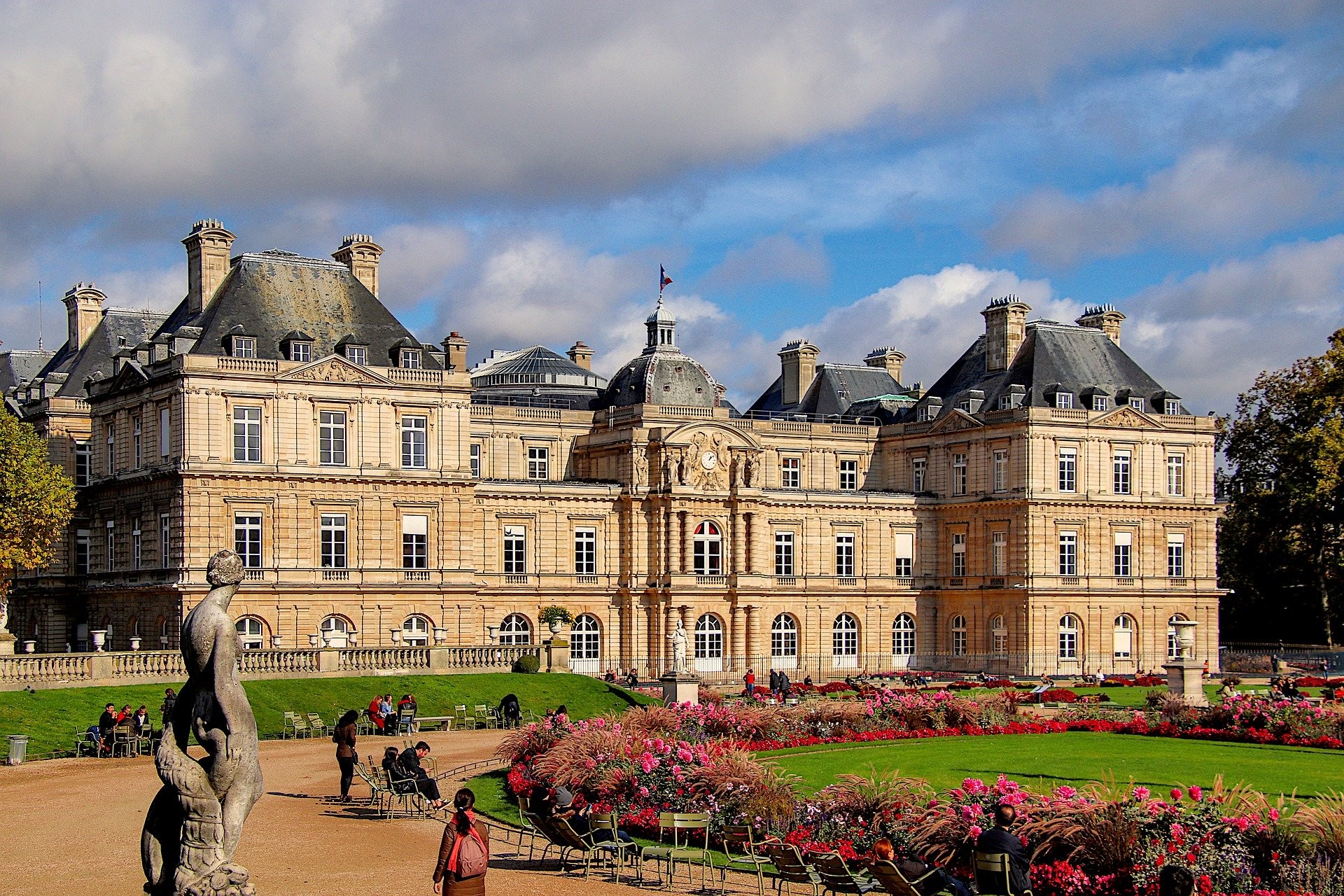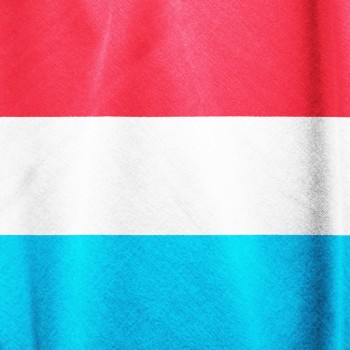Luxembourg
Luxembourg
Capital city description
Luxembourg City is a lively and bustling capital of Luxembourg with numerous great touristic attractions to visit and many things to do. It abounds in venues for artistic expressions as a cultural platform, such as museums, theatres, and concert halls. The city is beautifully landscaped green spaces shape nearly one-third of the city's surface. Numerous parks and gardens, passing through the capital, constitute a pleasant green belt and provide a high quality of city life. Luxembourg's impressive sights, culture, and history can be discovered in several manners during a walk, a bike, tourist bus tour, etc.
The city of Luxembourg is one of the institutional seats of the European Union, hosting, for instance, the Secretariat of the European Parliament and the European Court of Justice. Renowned for its efficient bank sector, Luxembourg is an ideal platform for dynamic business activity that is diversified and not limited to financial services.
Climate
Luxembourg has a moderately continental climate, with cold winters and mild summers.
Rainfall in Luxembourg is quite frequent and relatively abundant, amounting to around 700 millimeters (27.5 inches) per year in the southeast and around 900 mm (35 in) in the southwest.
Spring: March to May
Summer: June to August
Autumn: September to November
Winter: December to February
Languages spoken
Luxembourgish, French, and German are widely spoken and established as official administrative languages of the country, although Luxembourgish is the national language.
Fun/Fascinating Facts
- You must be trilingual (French, German, Luxembourgish) to graduate from secondary school in Luxembourg.
- Luxembourg is the second wealthiest country in the world.
- Luxembourg has the highest rate of car ownership globally, with an average of 647 car owners for every 1,000 inhabitants.
- . Luxembourg is the only remaining Grand Duchy globally with a Grand Duke as head of state.
- About 40% of the people living in Luxembourg are immigrants from other countries.
Unique Customs/Traditions
- In Luxembourg, it is customary to get up early and go to bed early, and therefore disturbing each other in the evenings by calls is considered inadequate and improper.
- A resident should know at least three or four languages to keep pace with modern realities. Therefore, the desire to get a good education is a tradition of Luxembourg that must comply with each.
- In Luxembourg, they celebrate unique traditional festivals such as EasterMonday. Emese hosted the first EasterMonday, accompanied by numerous fairs and exhibitions. The main arena unfolds the sale of conventional souvenir crafts of Luxembourg, located at the fish market of the duchy capital.
- Feast of the first flowers in the town of Wiltz in the Ardennes collects fans costumed processions, and Marsh Sheep - painted and dressed up for the occasion of the celebration of young lambs and their owners.
- Torchlight procession and fireworks adorn the city Luxembourg on the occasion of the birthday of the Grand Duke, and the dance procession and pantomime scenes can be seen here during the festival "Cor de Capuchin" in the height of summer. http://aroundtravels.com/articles-about-luxembourg/traditions-monaco-customs-photos.html
Popular universities
| Name | Description | |
|---|---|---|
| University of Luxembourg | Founded in 2003, the University of Luxembourg is the only public university of the Grand Duchy of Luxembourg. Multilingual, international, and research-oriented, it is also a modern institution with a personal atmosphere. The university comprises three faculties, three campuses, and three interdisciplinary centers. | |
Festivals & Events

National Day
Date: 23rd June
On 23 June, the people of Luxembourg celebrate the Grand Duke’s birthday, called National Day. The holiday commemorates Grand Duchess Charlotte, who ruled from 1919 to 1964. Memorable celebrations are done across the country, especially in Luxembourg City during the National Holiday.
A torchlight procession is held the night before, and fireworks are lit across the Petrusse Valley. Mass is held at the cathedral, and a party follows in the city with dozens of food stands, music, drinks, and dancing. Official ceremonies, military parades, and a 101-cannon salute to honor National Day.
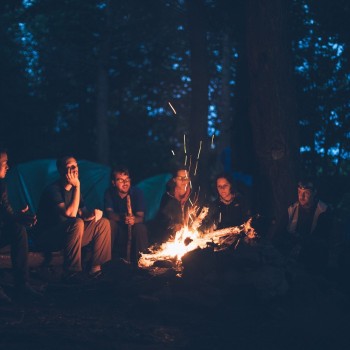
Bonfire Day
Date: February ((the first Sunday after Lent)
This Bonfire Day casts smoke clouds throughout Luxembourg as villagers burn wood in a pagan ritual to celebrate the spring solstice.
Nearly 75% of the population celebrates by burning a large woodpile with one or two leftover Christmas trees, usually shaped as a cross. Torchlight processions to the bonfire sometimes occur, and there are conventional stands for food and drink.
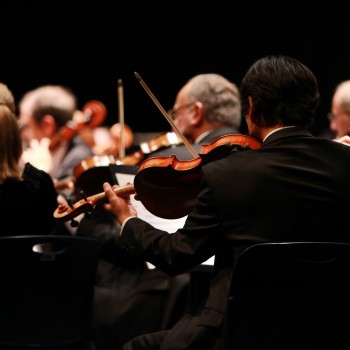
Printemps Musical
Date: March
Every spring since 1983, the "Musical Spring" festival takes place. The event hosts different forms of musical expression, and it includes a wide variety of concerts, including classical, jazz, pop, and world music performed by world-renown artists.
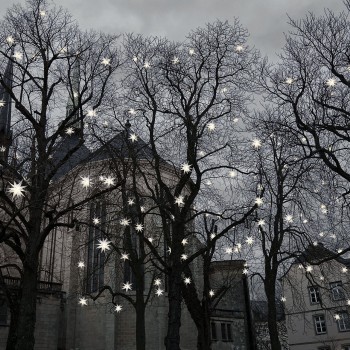
November to January
Date: Luxembourg Light Festival
The Luxembourg Light Festival is one of the excellent experiences in December. Light shows, walking trails, audio-visual installations, and so much more – the festival takes the participants from one iconic piece of architecture in the capital to another.
Luxembourg Light Festival offers concerts, exhibitions, shows for children, and many other Christmas events. During the Winterlights on Ice, you can glide around the large ice rink on the Kinnekswiss in the heart of the city park.
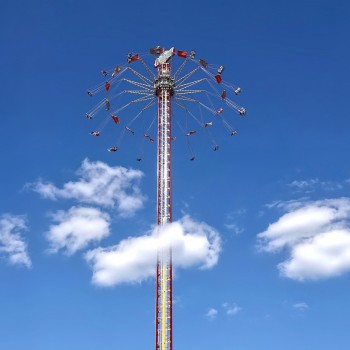
Schueberfouer
Date: August to September
The Schueberfouer is a unique, lively fan fair attracting thousands of visitors in Luxembourg. It is an excellent Luxembourg tradition that began as far back as 1340 with John the Blind, Count of Luxembourg, and King of Bohemia.
Presently, the festivities center around a display of folk culture, coupled with plenty of exciting high-speed roller coasters, drop towers, and other rides for young and young at heart. Aside from exhilarating games, activities, and events, partakers can also indulge in a wide variety of mouthwatering local food.
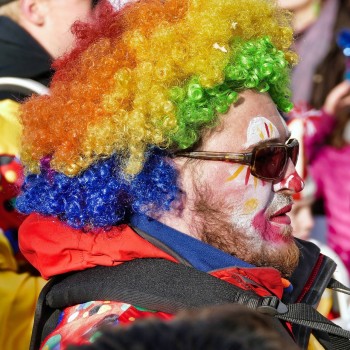
Carnival Parades of Diekirch
Date: March
One of the biggest carnivals held in Luxembourg City is the Carnival Parades of Diekirch. Partakers, known as fuesgecken, usually dress up in colorful and innovative costumes to participate in the procession that moves through the neighborhood.
The length of the parade is a formidable 2 km, and thousands attended it. Participants and onlookers are also treated to a wide variety of delicious treats prepared specifically for the carnival.
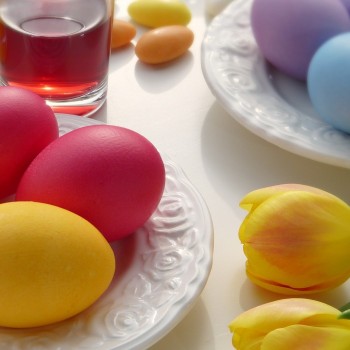
Easter Sunday
Date: April
Easter Sunday is one of the most significant festivals in Luxembourg. It is celebrated all across the European continent with much passion. Spectators may get to eat traditional duck, rabbit, or pork with roasted potatoes.
People color eggs in colorful patterns during the festival and hide them in places that others have to find.
Attractions / Top Sights
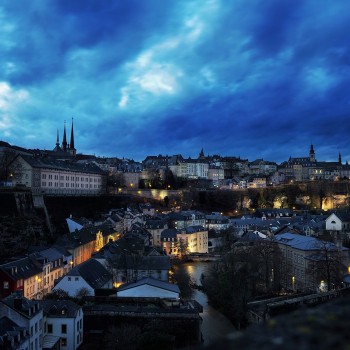
Bock Casemates
When to visit: May to September
One of Luxembourg's most important tourist sites, Bock Casemates, is a fortress on a cliff above the Alzette River, made of natural stone. This fortress was built from rocks stacked to protect from the enemy. The construction of this fortress began in 963, and they were building the castle of the nobles at first. But later, it was used as a stronghold to defend against foreign invasions, known as one of the strongest fortresses in Europe.
It is a historical tourist attraction and a geological exploration site inscribed in a UNESCO World Cultural Heritage list in 1994. Visiting the archaeological crypt, the antechamber to the casemates, is a tremendous experience.
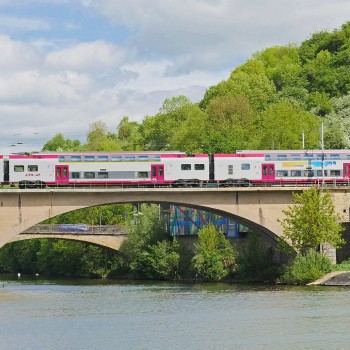
Old Quarter
When to visit: May to September
When to visit: https://whc.unesco.org/en/list/699/
One of modern Europe's largest and most impressive fortresses, Historic Old Quarter was designated a UNESCO World Heritage Site in 1994; the city's ancient fortifications have ensured its place as one of the most important of Europe's cities.
The old fortifications have given way to beautifully laid out parks and gardens, while its cobbled streets are lined with charming old homes and buildings.
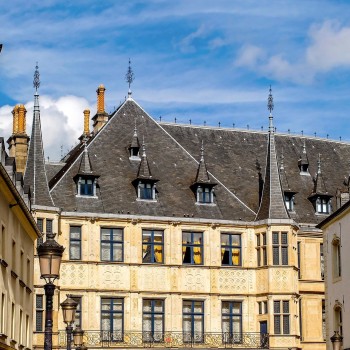
Grand Ducal Palace
When to visit: From mid-July to first week of September
Grand Ducal Palace (Groussherzogleche Palais) is a stunning Renaissance structure dating from 1572 that serves as the official residence of the country's reigning monarch, Grand Duke Henri. The establishment was first the city hall of Luxembourg from 1572 to 1795, the prefecture of the Département des Forêts in 1795, and then the headquarters of the Luxembourg Government in 1817.
The Grand-Ducal Place is open to the public during specially organized tours made available from mid-July to the first week of September. It is one of the city's most visited tourist attractions in Luxembourg.
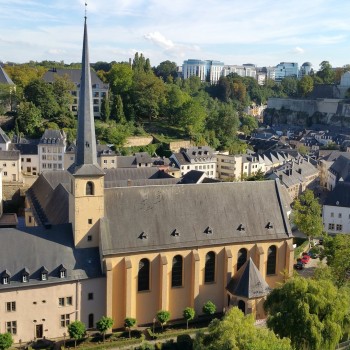
Neumünster Abbey
When to visit: May to September
Neumünster Abbey is a beautiful public meeting place and cultural center located in the Grund district of Luxembourg City. It hosts concerts, exhibitions, and seminars. The Neumünster Abbey consists of four wings enclosing the inner courtyard.
The abbey is home to the Lucien Wercollier Cloister, where many works from the sculptor's private collection are permanently displayed.
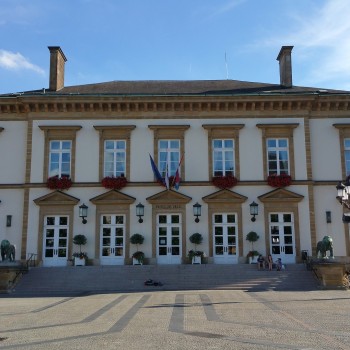
Place Guillaume II, Luxembourg City
When to visit: May to September
Luxembourg's Place Guillaume, one of the city's most extensive open spaces, is the former site of a Franciscan convent converted into a pedestrian zone. In the middle is the equestrian statue of William II, King of Holland, and Grand Duke of Luxembourg.
It houses the lovely Town Hall and the famous Trémont's lions. The city's popular weekly market is renowned for its flowers and plants and local produce.
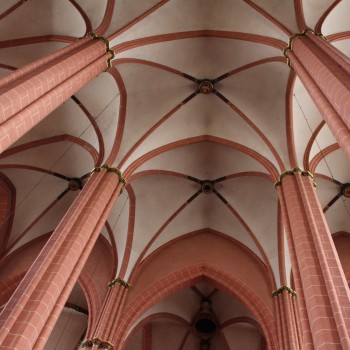
Notre Dame Cathedral
When to visit: May to September
The only cathedral in Luxembourg, Notre Dame Cathedral, is Luxembourg's significant tourist attraction. Built between 1613 and 1621 by the Jesuits, Notre Dame Cathedral is now a Roman Catholic Cathedral of Luxembourg City.
The church is a remarkable example of late Gothic architecture. Still, it also has many Renaissance elements and adornments.
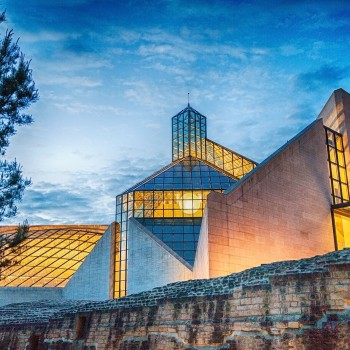
Luxembourg City History Museum
When to visit: May to September
Located in the old town center, the Luxembourg City History Museum displays the thousand-year history of the City of Luxembourg with permanent and temporary exhibits. The museum houses many critical and historical art objects, archeological finds, furniture, tools, coins, arms, and documents dealing with the country's history.
The impressive structure is combined ancient architecture with stunning modern extensions. It boasts the floating glass façade and the panoramic lift, which offers extensive views of all floors.
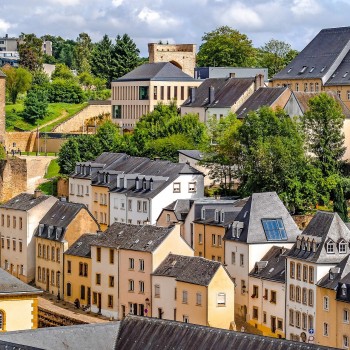
Walls of the Corniche (Chemin de la Corniche fortress)
When to visit: May to September
The stunningly beautiful Walls of the Corniche or Chemin de la Corniche fortress have been called "the most beautiful balcony of Europe." The Spaniards and the French built the stunning fortress stretched along the Alzette valley in the 17th century.
Tourists can marvel at panoramic views of Luxembourg City, Grund, and Rham Plateau.

Bourscheid and Bourscheid Castle
When to visit: April to October
Located near the beautiful valley of Bourscheid, the impressive ruins of the fairy-tale Bourscheid Castle stand marvelously on a site with archeological evidence of structures dating back to Roman times.
The village of Bourscheid offers many excellent views and many enjoyable hikes to other quaint villages, including Michelau in the Sûre Valley, Welscheid in the Wark Valley, and Kehmen on the plateau.
















